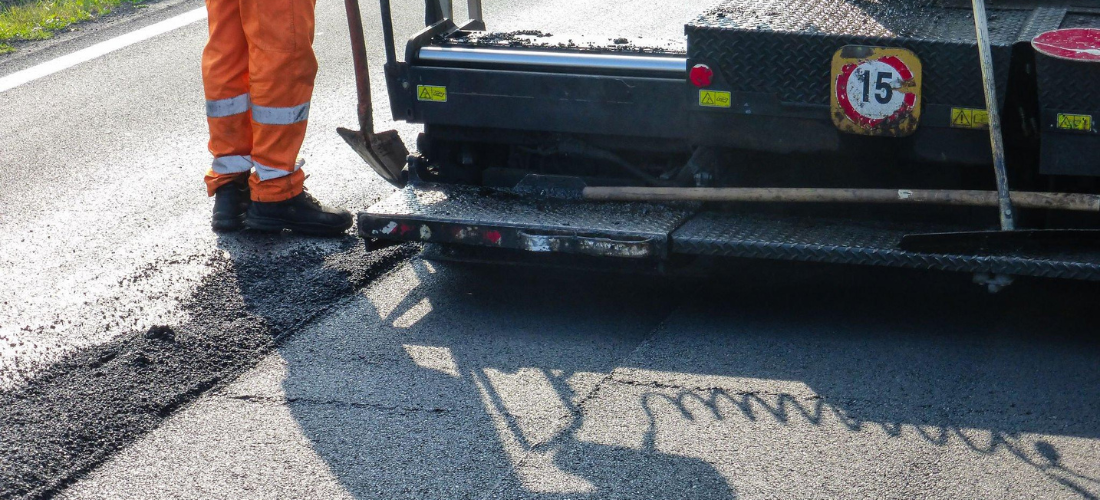The phrase bitumen surface treatments refers to a wide range of materials that are primarily surface coatings composed of bitumen emulsions and, in some cases, a mix of bitumen emulsions and aggregates.
These materials are often applied in a thin layer over the surface of highways that have previously been built with bitumen and Portland cement concrete. Bitumen surface treatment of roads, as a topical treatment, does not alter the molecular makeup of pavements; rather, they can serve a number of helpful roles.
Surface treatments that are properly developed and built are intended to give value and life to the pavement by being both affordable and long lasting. Such materials have a quick building time and are projected to add years to the usable life of a road surface.
Unlike topical sealers, MRT increases the life of the pavement by changing the rheology of the bitumen binder, improving penetration while lowering viscosity and matching DSR (Dynamic Shear Rheometer) values.
MRT-treated highways retain their original flexibility and adhesiveness for a longer period of time by enhancing the molecular structure of the bitumen binder. Surface coating treatments, on the other hand, are often meant to seal and, in many circumstances, act as a sacrificial layer against wear and tear.
It may be beneficial to investigate cost-effective road surface repair options. Based on the use case, you might be wanting to have a Bitumen surface treatment of road, they may be:
- to withstand abrasion caused by cold conditions
- Creating a new wearing surface
- Sealing and protecting from the elements
- To get an appealing black look
- To give a short-term fix for deteriorating pavements.
Once you’ve determined your aim, the best bitumen surface treatment technique becomes clear. In general, the thinner the coating, the shorter the lifespan of the product. You may calculate the yearly cost of utilising a maintenance tool by taking the cost of a specific surface treatment and dividing it by the life of the material. Keep in mind that some surface treatments might cost as much as bitumen every year of servicing.
It also acts as a seal, keeping water and the weather out. Keep in mind that there must be no bitumen content in the emulsion you use to accomplish profound rejuvenation of the bitumen binder. When bitumen are present, maltenes connect with them instead of penetrating the surface to replace depleted maltenes.
Because alternate bitumen surface treatments exist on the pavement’s surface, weathering or abrasion will ultimately destroy them. Some coatings endure only a few months to a year, whilst others might persist for several years.
Make sure you conduct a cost analysis and fully comprehend the reasons for performing any bitumen surface treatment of roads. If you do your research, you will be able to locate long-term programmes with proven outcomes. Following the advice of other pavement owners with years of expertise provides wisdom. So, minimise your learning curve, conduct your research, and proceed with confidence that you’ve picked the best surface treatment for your road maintenance goals and budget.

